
Theme: Emerging Trends in Pathology from Morphology to Molecular Insights
Venue: GMC, Jammu | 3rd – 7th December 2025

Theme: Emerging Trends in Pathology from Morphology to Molecular Insights
Venue: GMC, Jammu | 3rd – 7th December 2025
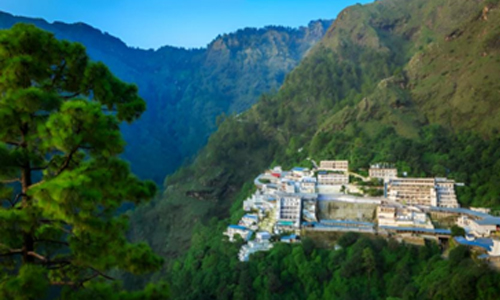 Mahamaya Temple
Mahamaya Temple
Mahamaya Temple in Jammu is a revered shrine dedicated to the local heroine Mahamaya, who sacrificed her life defending the region. Surrounded by the Trikuta Hills and overlooking the Tawi River, the temple offers a serene escape with spiritual significance. It's especially popular among pilgrims and tourists for its peaceful atmosphere and panoramic views. Located near the Bahu Fort area, it also serves as a gateway to explore other historic and religious sites. A visit here is a blend of devotion, history, and natural beauty—all in one sacred spot.
Gandola Rope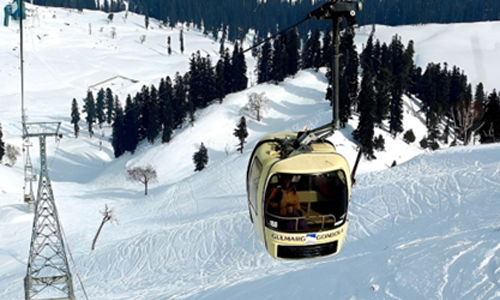
The Jammu Gondola is a scenic cable car ride that offers breathtaking aerial views of the city and surrounding hills. Starting from Bahu Fort and extending toward Mahamaya Temple, it gives passengers a unique perspective of the Tawi River and lush landscapes. This modern attraction combines adventure with sightseeing, making it popular among both tourists and locals. The ride is smooth, safe, and ideal for all age groups. Whether you’re capturing photos or just enjoying the ride, the Jammu Gondola adds a memorable experience to your visit.
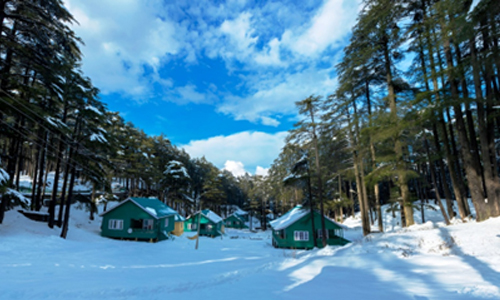 Patnitop
Patnitop
Patnitop is a tranquil hill station nestled in Jammu's Udhampur district, perched at 2,024 meters in the Shivalik range of the Himalayas. Once known as “Patan Da Talab” or “Pond of the Princess,” it offers lush meadows, dense pine forests, and panoramic views of the Chenab basin. A year-round destination, Patnitop is ideal for trekking, paragliding, and skiing in winter. Nearby attractions include the sacred Naag Mandir, Sudh Mahadev Temple, and the scenic Sanasar Lake. The Dr. Syama Prasad Mookerjee Tunnel ensures easy access even during heavy snowfall, making Patnitop a perfect blend of nature, adventure, and serenity.
Sky View Rope Way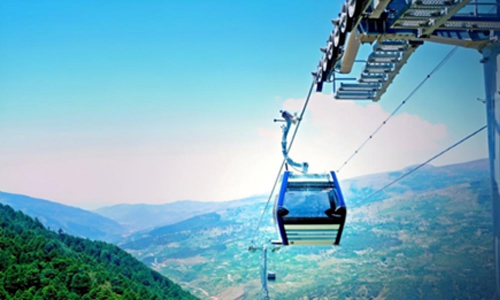
Skyview Patnitop by Empyrean offers a breathtaking gondola experience in Jammu, connecting Sanget Valley to the scenic Patnitop hill station. Spanning 2.8 km, this ropeway is India's highest in terms of ground clearance, soaring over 65 meters above the forested slopes of the Shivalik range . The ride, completed in just 10–13 minutes, provides panoramic views of lush pine forests and the majestic Himalayas.
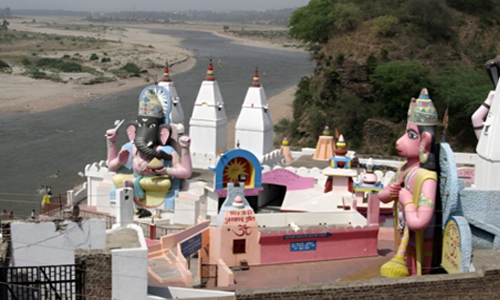 Har Ki Pauri (Mini Haridwar)
Har Ki Pauri (Mini Haridwar)
Har Ki Pauri in Jammu, affectionately known as "Mini Haridwar," is a modern temple complex situated along the banks of the Tawi River. Inspired by the sacred ghat of the same name in Haridwar, this spiritual site offers devotees a serene environment for worship and reflection. The temple is renowned for its magnificent idols representing a wide array of Hindu deities, including Lord Shiva, Lord Vishnu, Goddess Durga, and many others. Its architecture seamlessly blends traditional design with contemporary elements, creating a space that resonates with both spiritual significance and aesthetic appeal. Visitors often partake in rituals and ceremonies here, seeking blessings and experiencing the tranquil ambiance that mirrors the sanctity of its namesake in Haridwar.
Shri Raghunathji
Temple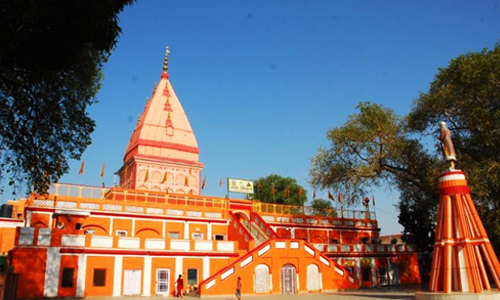
Raghunath Mandir, the largest temple complex in Northern India, is located in the heart of Jammu at Raghunath Bazar. Built in 1857 by Maharaja Ranbir Singh, it features idols of Lord Rama, Mata Sita, and Shri Lakshman ji on a raised platform. The inner walls are covered with gold sheets, and the complex houses galleries with lakhs of saligrams and many temples dedicated to various Hindu deities. It also contains a Sanskrit Library with rare manuscripts.
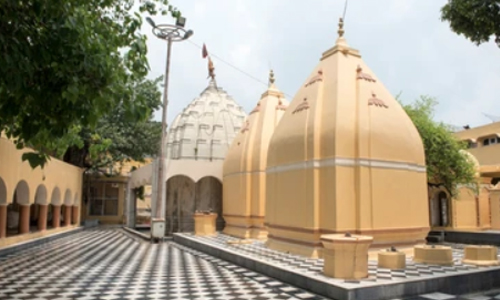 Panchvaktar
Temple
Panchvaktar
Temple
The temple, built by Raja Guje Singh of Jammu (1687-1703), is one of the city's oldest and is linked to the visit of Shankaracharya in the 9th century. It is sacred due to the self-originated Shivalinga (Svayambhuva Shiva Linga) and is revered as one of the major Shiva shrines. The Lord is worshipped here in the Panchvaktar form, symbolizing Shiva's five faces. The temple is also known as 'Rupay Wala Mandir' because of coins embedded in the floor. Located off Residency Road, about a kilometer from Raghunath Bazar, it features inscriptions in Dogri script on its exterior.
Shri Ranbireshwar Temple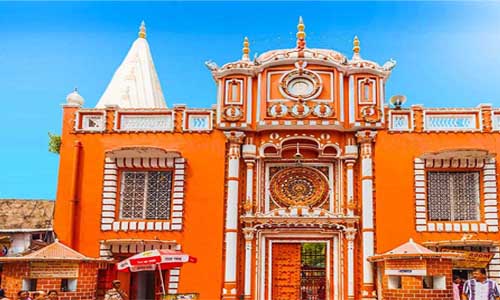
The temple, named after Maharaja Ranbir Singh, was built between 1863 and 1878 and is the largest Shiva temple in North India. It houses a massive sphatic shivlingam, 7.5 feet tall, surrounded by ten 2-foot high billaur (crystal) lingas and galleries with 125,000 tiny Shivlings brought from the Narmada River. Located on Shalamar Road, about a kilometer from Raghunath Bazaar, it is a significant religious site.
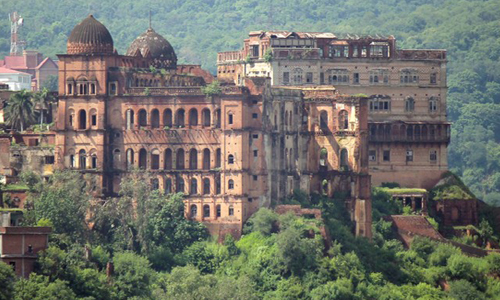 Mubarak
Mandi
Mubarak
Mandi
Mubarak Mandi, also known as the Royal Dogra Palace, has a history of over 150 years and features a unique blend of Baroque, Mughal, Rajasthani, and European architectural styles. Key sections of the palace include Sheesh Mahal, Rani Charak Mahal, the old Army Headquarters, Foreign Office, and Grey Hall, where the Maharaja held his Darbar. The complex houses the Dogra Art Gallery, showcasing miniature paintings from the Jammu, Kangra, and Basohli Schools of Art, along with rare artifacts like a gold bow and arrow from Mughal King Shah Jehan and handwritten Persian manuscripts. The palace is surrounded by a beautiful courtyard and garden.
Amar Mahal Palace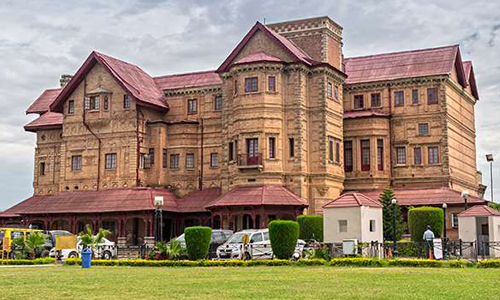
Amar Mahal Palace, located on the National Higway to Srinagar, is a stunning French Chateau-style building made of red sandstone. Overlooking the Tawi River, it was once the residence of Raja Amar Singh and is now a museum managed by the Hari-Tara Charitable Trust. The museum showcases a golden throne made of 120 kg of pure gold, along with a gallery of paintings and a library housing about 25,000 books on various subjects.
 Mansar Lake
Mansar Lake
Mansar Lake is a scenic freshwater lake about 60 km from Jammu, surrounded by forested hills and peaceful walking trails. It’s a favorite getaway for boating, picnics, and nature photography. The lake also holds religious importance, with nearby temples of Sheshnag and Narasimha, attracting both tourists and pilgrims.
Akhnoor Fort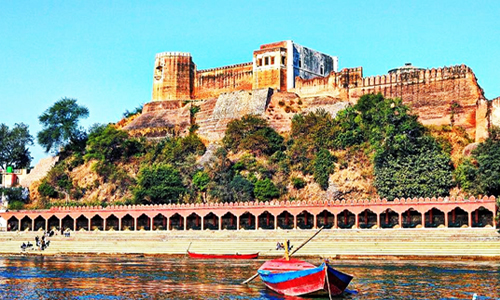
The Akhnoor Fort, built during the early 19th century, stands on the right bank of the Chenab River. Construction began in 1762 under Raja Tegh Singh to provide work during a devastating famine, with the fort completed in 1802 by his son Alam Singh. The eastern side features steps leading to the river, still well-preserved, used for religious ceremonies. The Kishore Singh Burj, named after Maharaja Gulab Singh's father, remains intact. Traces of paintings are visible on the fort's walls, reflecting its historical and cultural significance.
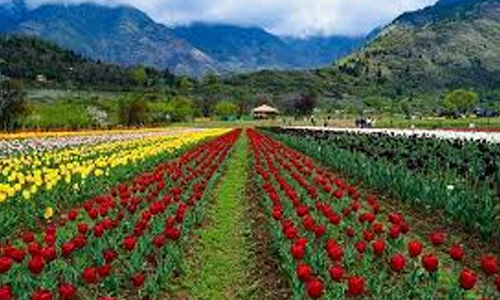 Tulip Garden
Tulip Garden
Located in the serene foothills of the Himalayas in Bhour Camp, Jammu’s Tulip Garden is a vibrant and colorful escape. Spread across 5 acres, it showcases thousands of tulips in full bloom during spring, typically from March to early April. This garden, the northernmost tulip garden in India after Srinagar, offers breath-taking views, perfect for nature lovers and photographers alike.
Sukrala Mata Mandir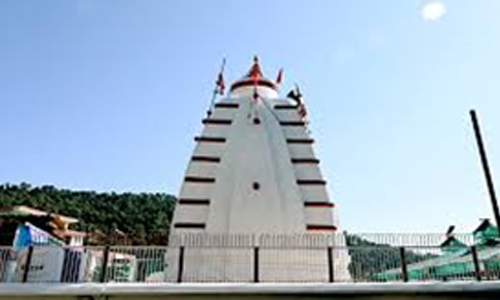
Nestled near the hills of Jammu, Sukrala Mata Mandir is a peaceful and spiritually uplifting temple dedicated to Goddess Sukhlata, believed to grant peace and happiness. Surrounded by natural beauty, it attracts devotees and travelers seeking blessings and serenity. The temple is especially visited during Navratri and local festivals.
 Dhansar Baba, Jammu
Dhansar Baba, Jammu
Dhansar Baba, also known as Baba Bhair Dev Sthan, is a revered spiritual site located in the Dharsop village near Jammu. This sacred place is dedicated to Bhairav Baba, and is popular for its deep-rooted faith, especially among the local population. The temple hosts regular gatherings and fairs, offering a mix of spiritual and cultural experience amidst a rustic, scenic setting.
Reasi Bridge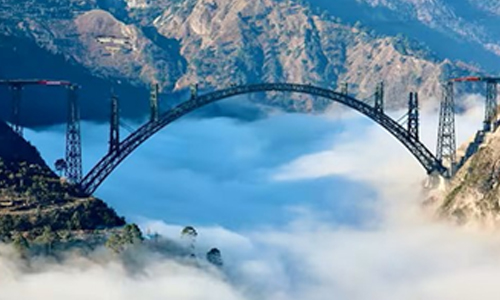
The Reasi Bridge is one of the highest railway bridges in India, offering breathtaking views of the Chenab River and surrounding mountains. Located near Reasi town, it stands as a marvel of modern engineering and an iconic part of the Udhampur-Srinagar-Baramulla Rail Link. A perfect spot for scenic photography and admiration of infrastructure in harmony with nature.